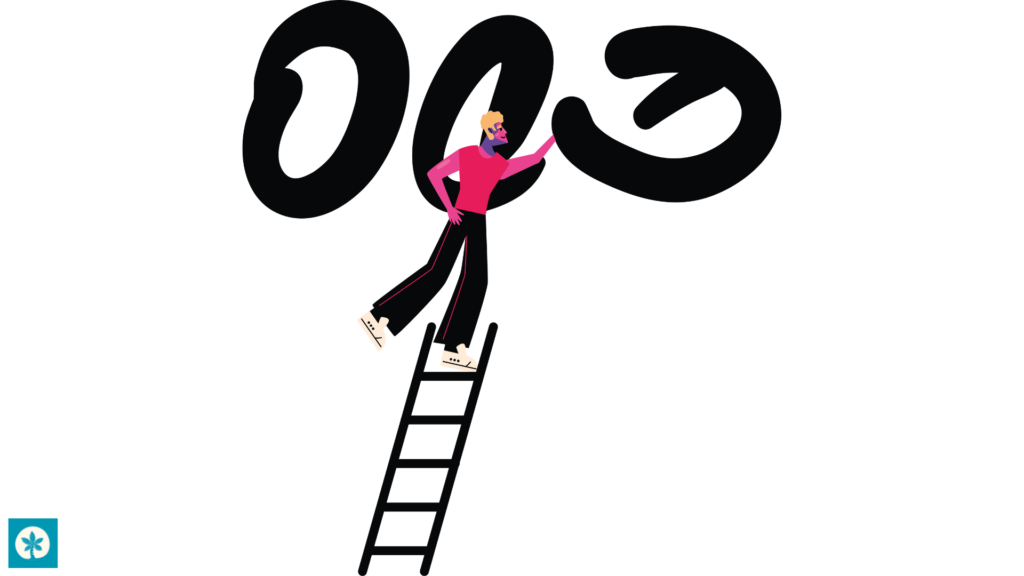Pure-O OCD: What It Is, What It Looks Like, and How to Get Help
Obsessive-Compulsive Disorder (OCD) is often misunderstood and oversimplified, thanks to how it’s portrayed in the media. We frequently see it depicted as an obsession with cleanliness or repetitive behaviors like handwashing. But what if OCD didn’t always look like these physical rituals? That’s where Pure-O comes in. Pure-O OCD stands for “Purely Obsessional” OCD, a subtype that involves distressing, intrusive thoughts without the overt, observable compulsions we typically associate with OCD. For those in Brownsville, Harlingen, McAllen, and throughout the Rio Grande Valley, understanding Pure-O and seeking specialized therapy can be the first step toward reclaiming your life. What is Pure-O OCD? Pure-O OCD is characterized by persistent, unwanted, and distressing intrusive thoughts. While traditional OCD might include visible compulsions like counting or checking, Pure-O’s compulsions are often mental, such as rumination or mental reassurance-seeking. This makes it harder to detect and diagnose, leading to prolonged suffering for many individuals. What Does Pure-O Look and Feel Like in Everyday Life? Imagine you’re a new parent, overwhelmed with the joy (and lack of sleep) that comes with caring for your little one. You’re exhausted, anxious, and your brain is running on empty. One day, a thought pops into your head: What if I hurt my baby? It’s just a thought—something completely out of character and against your values—but it triggers a wave of panic. You wonder why you’re thinking this way and spend hours internally reviewing your actions to convince yourself that you’re a good parent. This is Pure-O in the postpartum period. It doesn’t mean you want to harm your child or that you ever will. It means your brain is stuck in an obsessive loop, searching for certainty where none exists. Pure-O can latch onto almost any theme, including harm, contamination, relationship doubts, sexual orientation, or religious fears. And because the compulsions are invisible—mental checking, reassurance-seeking, or avoidance—it’s easy for others to miss what’s happening, leaving sufferers feeling isolated and misunderstood. For millennials and Gen Z navigating these experiences, the hyperconnected world we live in can exacerbate symptoms. Googling symptoms, browsing social media for reassurance, or comparing your life to someone else’s “highlight reel” can become part of the compulsions, further deepening the cycle of anxiety and distress. Diagnosing Pure-O: A Closer Look Diagnosing Pure-O can be tricky since many individuals are hesitant to share their intrusive thoughts due to fear of judgment or stigma. But reaching out to a licensed therapist or counselor who specializes in anxiety disorders and OCD therapy is the first step toward recovery. At Saname Counseling, we offer comprehensive evaluations and evidence-based interventions like Exposure and Response Prevention (ERP), the gold standard treatment for OCD. During a diagnostic evaluation, a therapist will ask about your thoughts, feelings, and behaviors. While you may not have observable compulsions, discussing the mental rituals or avoidance patterns that accompany your intrusive thoughts can help your therapist identify Pure-O and develop a treatment plan that works for you. What Does Treatment for Pure-O Look Like? The good news? Pure-O is treatable. Here’s how: Pure-O in the Postpartum Period The postpartum period is already a time of massive hormonal, emotional, and psychological shifts. For new parents with Pure-O, the stakes feel even higher. Intrusive thoughts related to harming your baby or doubts about your parenting abilities can make the experience overwhelming. These thoughts can coexist with the “baby blues” or postpartum anxiety and are more common than you might think. If you or someone you know is experiencing Pure-O in the postpartum period, it’s crucial to seek help. Therapy tailored to anxiety disorders and OCD can provide tools to manage these distressing thoughts and support emotional wellbeing during this vulnerable time. Finding the Right Help: OCD Therapy in Brownsville, Harlingen, and Beyond Whether you’re in Brownsville, Harlingen, McAllen, or anywhere in the Rio Grande Valley, getting help for Pure-O OCD starts with understanding that you’re not alone—and that effective treatment is available. Saname Counseling offers specialized therapy and online OCD therapy throughout Texas, making it accessible no matter where you live. Our team understands the unique challenges of Pure-O and is here to help you navigate your mental health journey. Reach out today to schedule an initial consultation or learn more about how we can support you in reclaiming your life from the grips of OCD. If you or someone you know is struggling with OCD, anxiety, or distressing thoughts, please don’t hesitate to reach out. Healing is possible, and you deserve to experience life without the constant weight of doubt and fear. For OCD therapy and anxiety counseling in Brownsville, Harlingen, McAllen, and the Rio Grande Valley, or to access online OCD therapy in Texas, contact us at Saname Counseling today.
Pure-O OCD: What It Is, What It Looks Like, and How to Get Help Read More »









